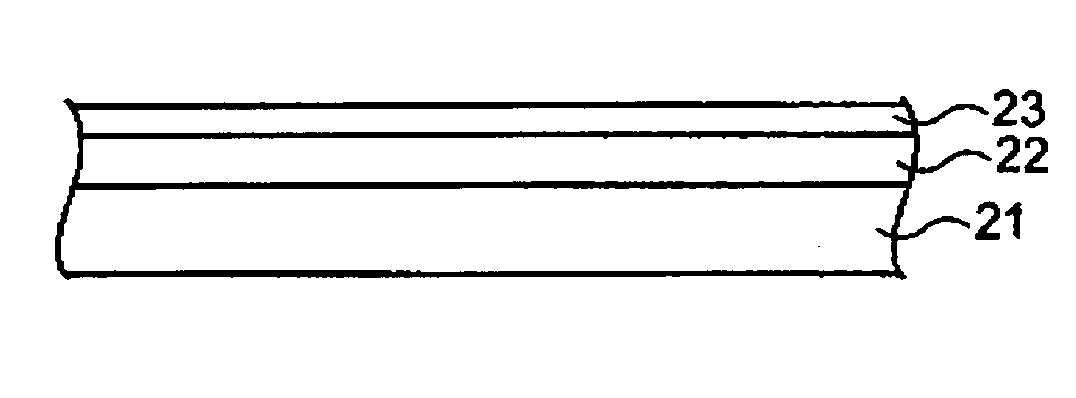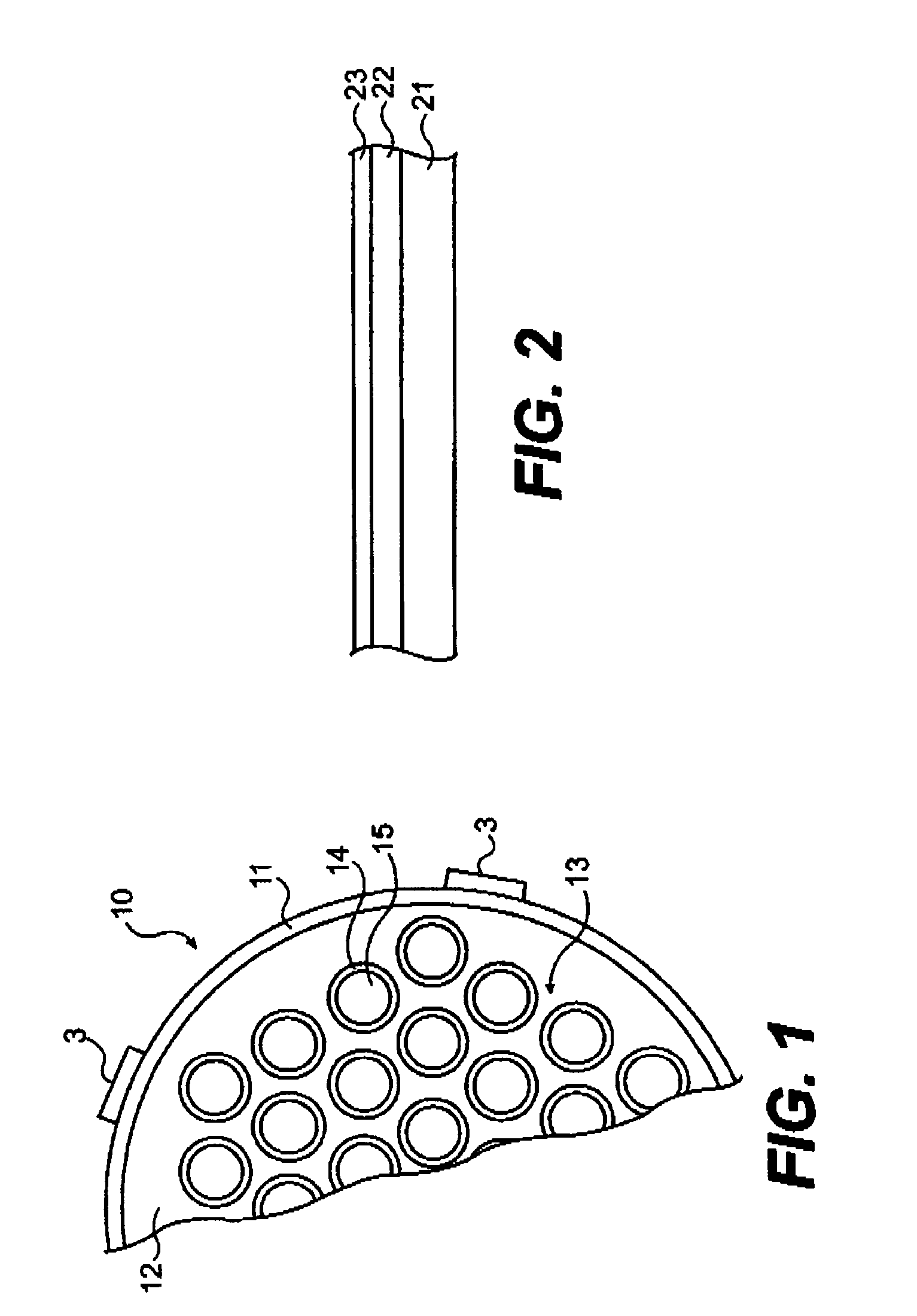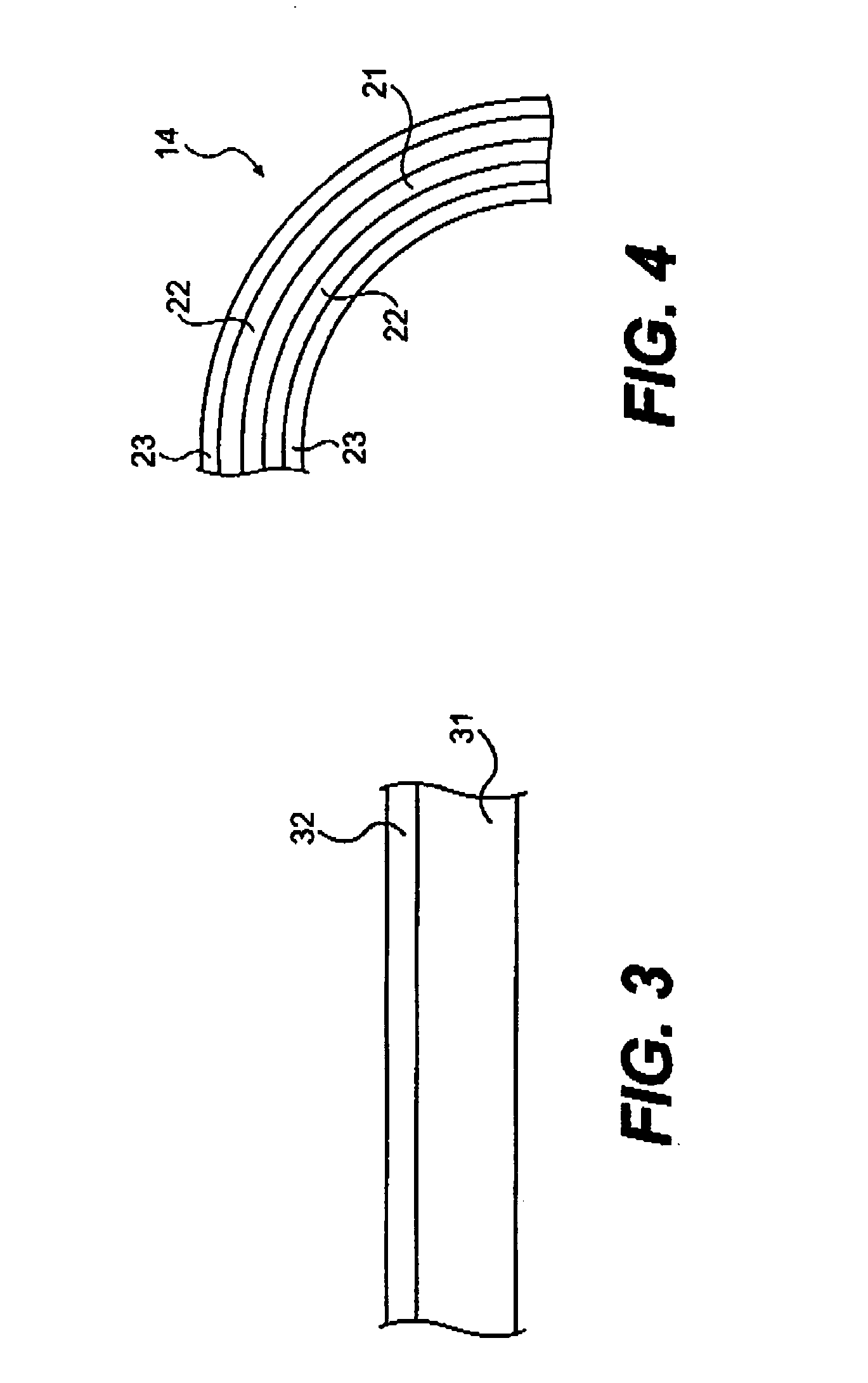Silicon-containing steel composition with improved heat exchanger corrosion and fouling resistance
- Summary
- Abstract
- Description
- Claims
- Application Information
AI Technical Summary
Benefits of technology
Problems solved by technology
Method used
Image
Examples
example 1
[0081] Silicon-containing steels listed in above table are prepared by arc melting. The arc melted steels are hot rolled into thick sheets of about ½ inch thickness. The sheets are annealed at 1100° C. overnight in inert argon atmosphere and furnace-cooled to room temperature. Rectangular samples of 0.5 inch×0.25 inch are cut from the sheets. The sample faces are polished to either 600 grit finish or Linde B (0.05 μm alumina powder) finish and cleaned in acetone. The sample is exposed to 60:40 vol. % of a crude mix (e.g. 60 vol. % Maya and 40 vol. % Olmeca crude mix) at 400° C. for 4 hours in a tubing bomb test apparatus. After testing, the specimen is cleaned in toluene and acetone sequentially and characterized by selected analytical instruments.
[0082] Both surface and cross sectional images of the tested specimen are examined using a Scanning Electron Microscopy (SEM). The atomic percent of elements in the silicon-containing steel composition is determined by standard Auger Elec...
example 2
[0083] The commercially available ALCOR Hot Liquid Process Simulator (HLPS) is used to evaluate the relative fouling potentials of the crude oils or blends described in the examples below. The test unit procedure designed for this testing is as follows.
[0084] In accordance with standard ALCOR HLPS test procedure, ALCOR runs are carried out by charging the one-liter reservoir with a crude oil or blend, heating the liquid (up to 150° C.) and pumping it across a vertically positioned, carbon-steel rod with a flow rate of 3.0 mL / minute. The spent oil is collected in the top section of the ALCOR reservoir, which is separated from the untreated oil by a sealed piston, thereby allowing for once-through operation. The system is pressurized with nitrogen (400-500 psig) prior to each test run to ensure gases remain dissolved in the oil during the test. The rod is electrically heated to a preset temperatures and held constant throughout the run. The rod surface temperature used for these test...
PUM
| Property | Measurement | Unit |
|---|---|---|
| Temperature | aaaaa | aaaaa |
| Temperature | aaaaa | aaaaa |
| Temperature | aaaaa | aaaaa |
Abstract
Description
Claims
Application Information
 Login to View More
Login to View More - R&D
- Intellectual Property
- Life Sciences
- Materials
- Tech Scout
- Unparalleled Data Quality
- Higher Quality Content
- 60% Fewer Hallucinations
Browse by: Latest US Patents, China's latest patents, Technical Efficacy Thesaurus, Application Domain, Technology Topic, Popular Technical Reports.
© 2025 PatSnap. All rights reserved.Legal|Privacy policy|Modern Slavery Act Transparency Statement|Sitemap|About US| Contact US: help@patsnap.com



